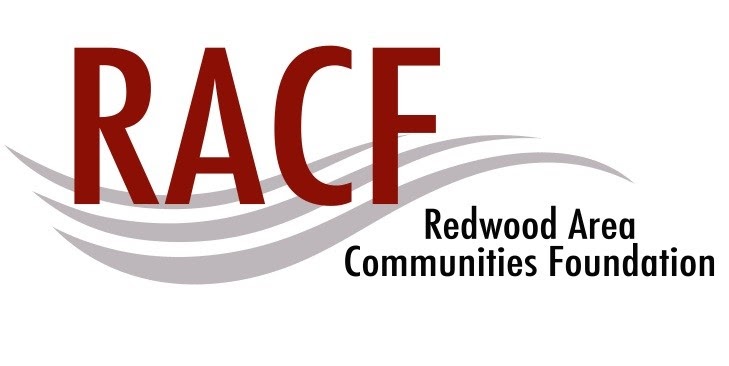Guidance for Employees Going Back to Work During COVID-19
Thursday, July 16, 2020

The COVID-19 pandemic has swept across the country, bringing unprecedented changes with it. Employees and employers are working together to determine how to best protect everyone’s health as they get businesses back on track. Naturally, questions abound for the employees in a wide range of industries who must now adapt to new workplace practices. who must go to work to provide for their families.
So the question is, for those who must go to their places of employment, what can they do to protect themselves, their families and others?
Workplace Environment
Every employee should expect their employer to attempt to lead the effort to provide a safe work environment. But working together with a proactive attitude and methodology toward enhancing workplace safety is critical. A good starting point is guidelines from the Centers for Disease Control and Prevention (CDC) for businesses to clean their workplace.
Additionally, employee participation in the development of new protocols for their workplace will result in effective, sustainable procedures. Finding unique methods to rotate shifts or tasks within shifts to match those procedures should be implemented immediately. Being knowledgeable about and working to protect the areas where employees come into contact with others is critical. The Occupational Safety and Health Administration (OSHA) and the U.S. Department of Labor have guidelines for preparing workplaces here.
Every employee should take control of their own personal safety by following proper hygiene practices. The CDC indicates healthy habits are the best protection individuals can take. Cleaning hands, maintaining social distancing, reducing opportunities for contact with others and following the protection offered by their business are all increasingly important.
Every employee should expect their company to follow these guidelines to make the workplace as safe as possible, working with their employers to do so. If an employee believes their employer is not attempting to follow these guidelines or if an employee has experienced retaliation or fears such actions, the employee should contact their state OSHA department.
Home Environment
There is much an employee can do at home to stay healthy and able to work. Wash hands, cover coughs or sneezes and clean frequently are all standard practices, along with other CDC guidelines. Individuals can also attempt to maintain a strong immunity, including managing stress. Numerous research studies have provided links between high levels of stress in individuals and illnesses. One reason may be stress can lead to neglect of other healthy habits, such as proper diets, exercise and sleep patterns. Eating too much processed or fried food will weaken the immune system and lead to inflammation. Exercising every day ensures proper antibody production and circulation, and lowering stress hormones. Doing so is always relative to a normal exercise level. For a person who doesn’t exercise much normally, attempting a five-mile run may be worse for the immune system than a brisk 30- minute walk. Finally, a good night’s rest is critical to allowing the body to maintain a healthy immune system. According to the Mayo Clinic, persons who do not get enough quality sleep are more likely to get sick after being exposed to a virus and take longer to recover. A typical adult should get between seven and eight hours of sleep nightly.
As businesses reopen, finding child care may be the most difficult challenge for many workers returning to their places of employment. Child care providers are balancing the ability to offer their services with limiting the spread of the virus. Child Care Aware is a national organization designed to provide assistance for those without options.
Getting to and from work presents significant challenges now as well. In general, treating a car like the home is advisable. Clean commonly used areas with sanitizing wipes or soap and water both before and after going to work. If public transportation is necessary, limit points of contact by avoiding touching anything and wearing disposable gloves. Keep hands and fingers away from the face and wash or sanitize hands as soon as possible.
Financial Protection
Once an employee is notified their workplace will be reopening, the employee must do so if able or eligibility for unemployment benefits may be threatened. However, the Americans with Disabilities Act and various states’ human rights acts protect employees from discrimination on the basis of disability, including those involving the risk of contracting COVID-19. Workers have the right to request reasonable accommodations from their employer from businesses to allow them to continue working while maintaining their safety and health or that of a family member. Examples of reasonable accommodations include working from home, paid sick leave, staggered work schedules and changing workstations to allow social distancing. If the business is unable to provide a reasonable accommodation, an employee may be eligible for unemployment insurance benefits. The U.S. Department of Labor also provides protection for employees in terms of unemployment insurance. States have been given more flexibility to administer unemployment to those impacted by COVID-19.
Virus Symptoms
As businesses reopen, the chances of employees contracting the virus still exist. Anyone displaying symptoms of COVID-19 should quarantine themselves or seek medical attention, based on their level of severity. Many employers provide sick leave options, but for those that do not, the U.S. Department of Labor Wage and Hour Division is an appropriate resource on the path to providing sick leave. The Federal Families First Coronavirus Response Act (FFCRA) requires many employers to provide expanded family and medical leave for reasons related to COVID-19, with related information here.
Transitioning to new workplace practices will be a significant change for employees and employers alike. Working together will be crucial to determine how to best protect everyone’s health while attaining efficient business operations. The aforementioned items provide a good reference for resources that will help guide everyone back toward the lifestyle they had prior to the COVID-19 crisis.
Category: (none)






.jpg)
